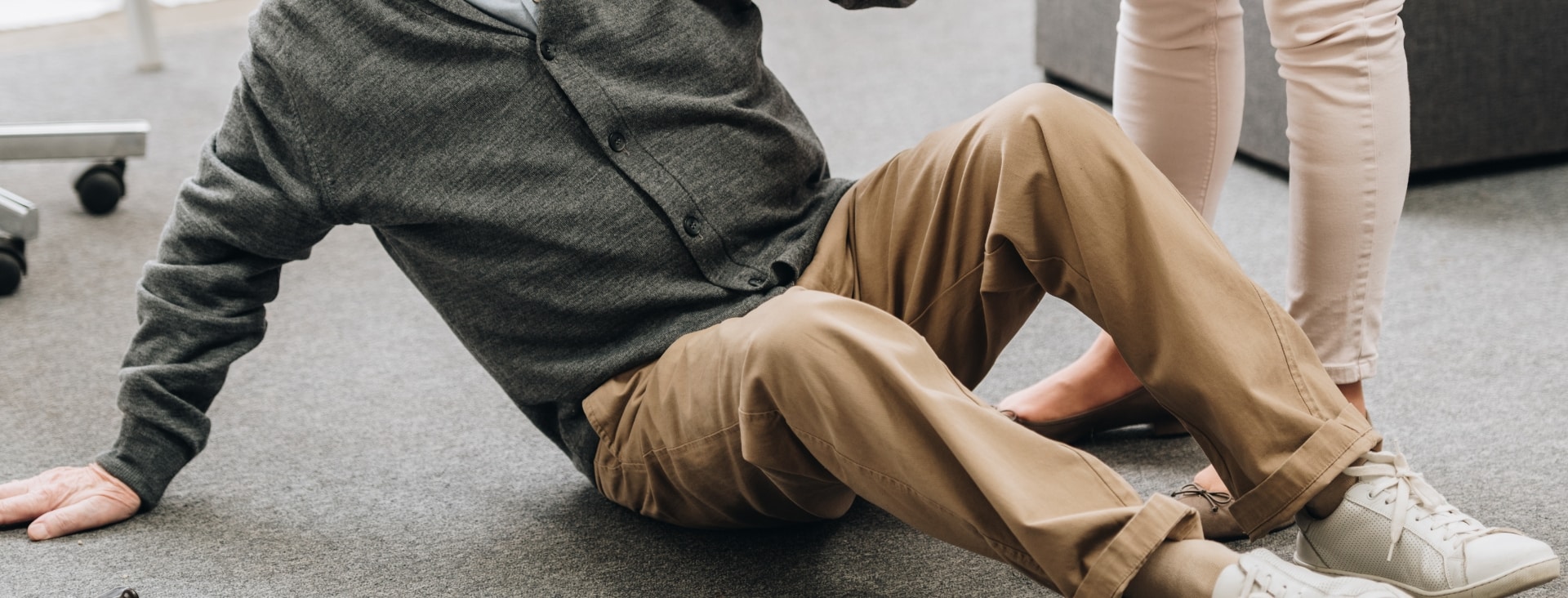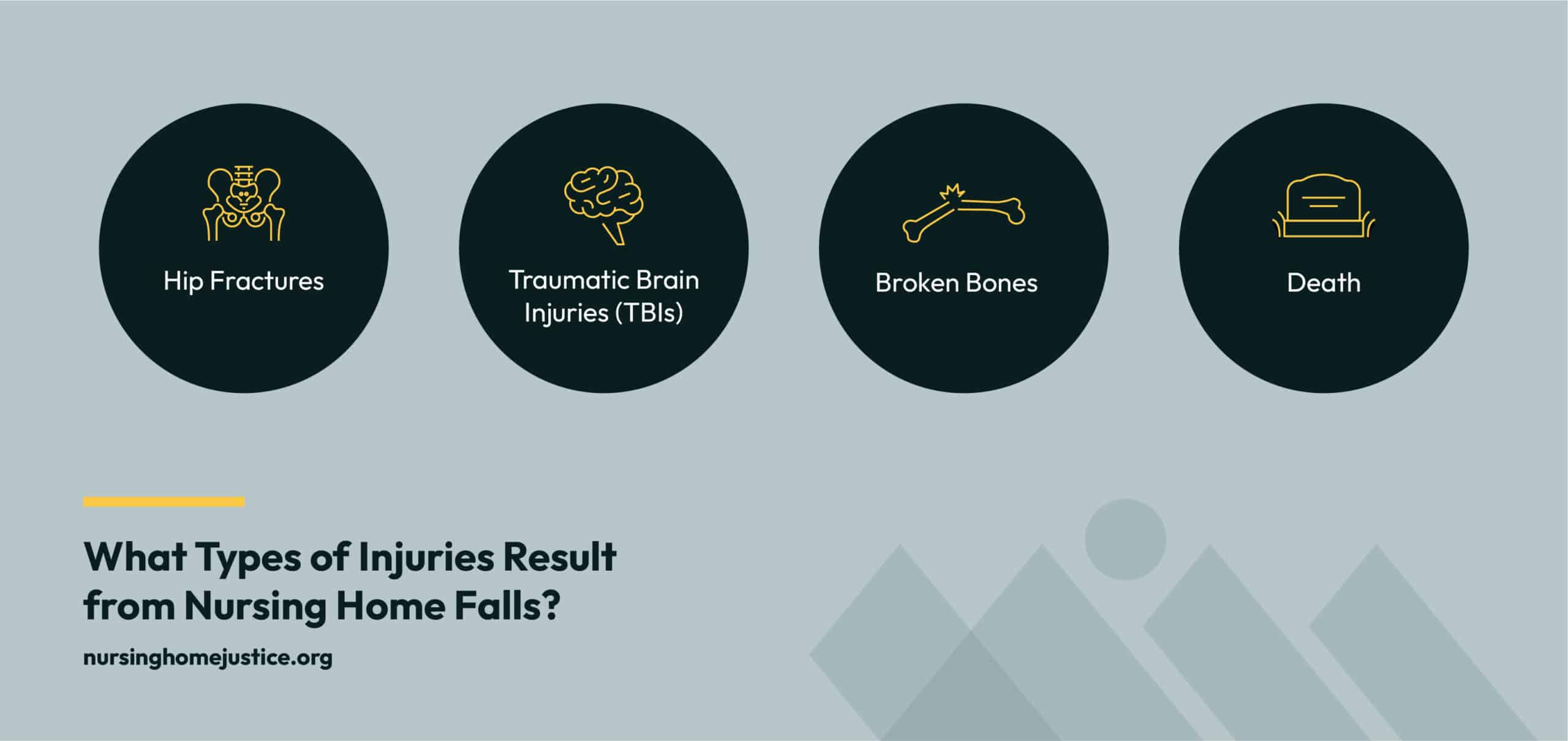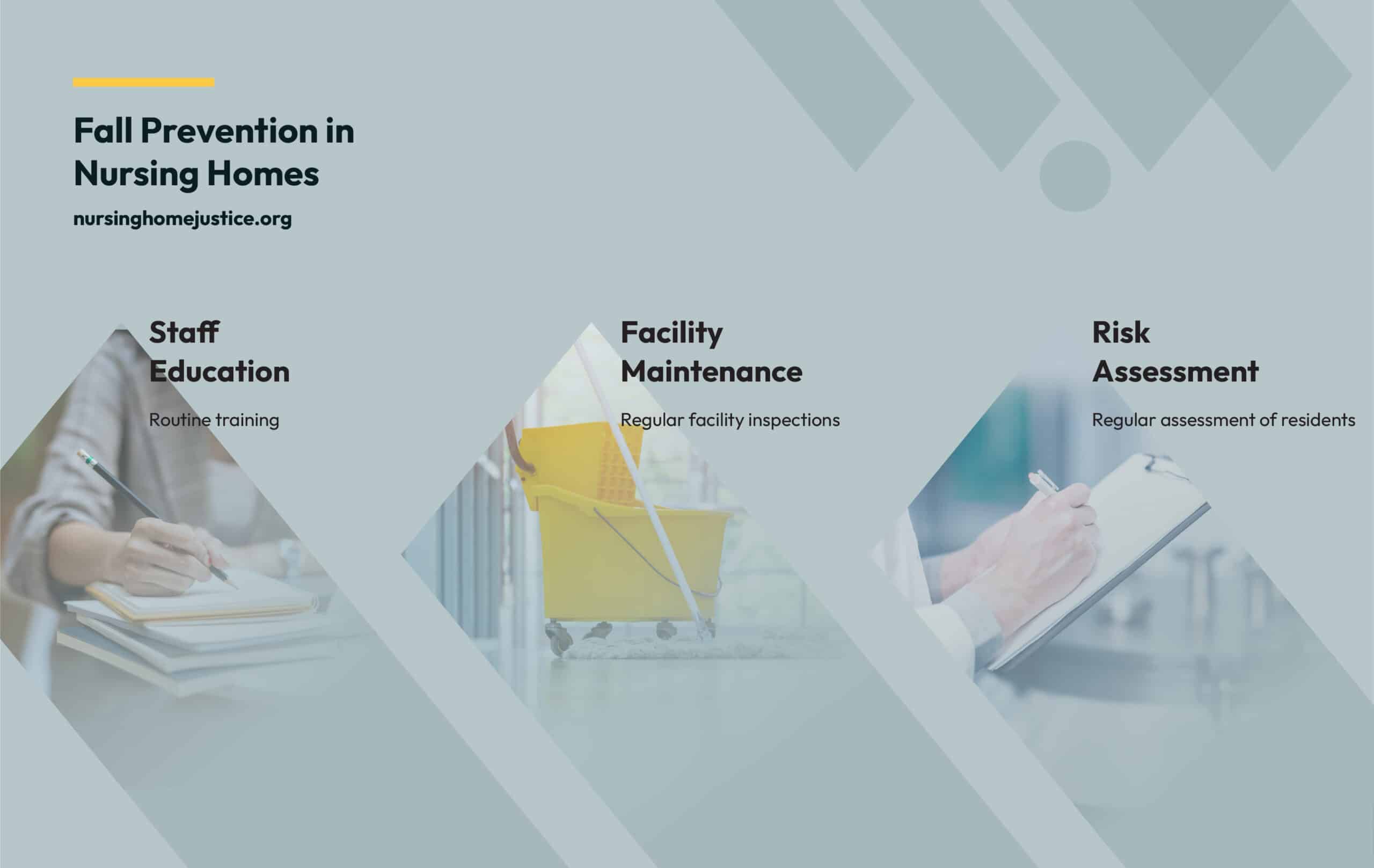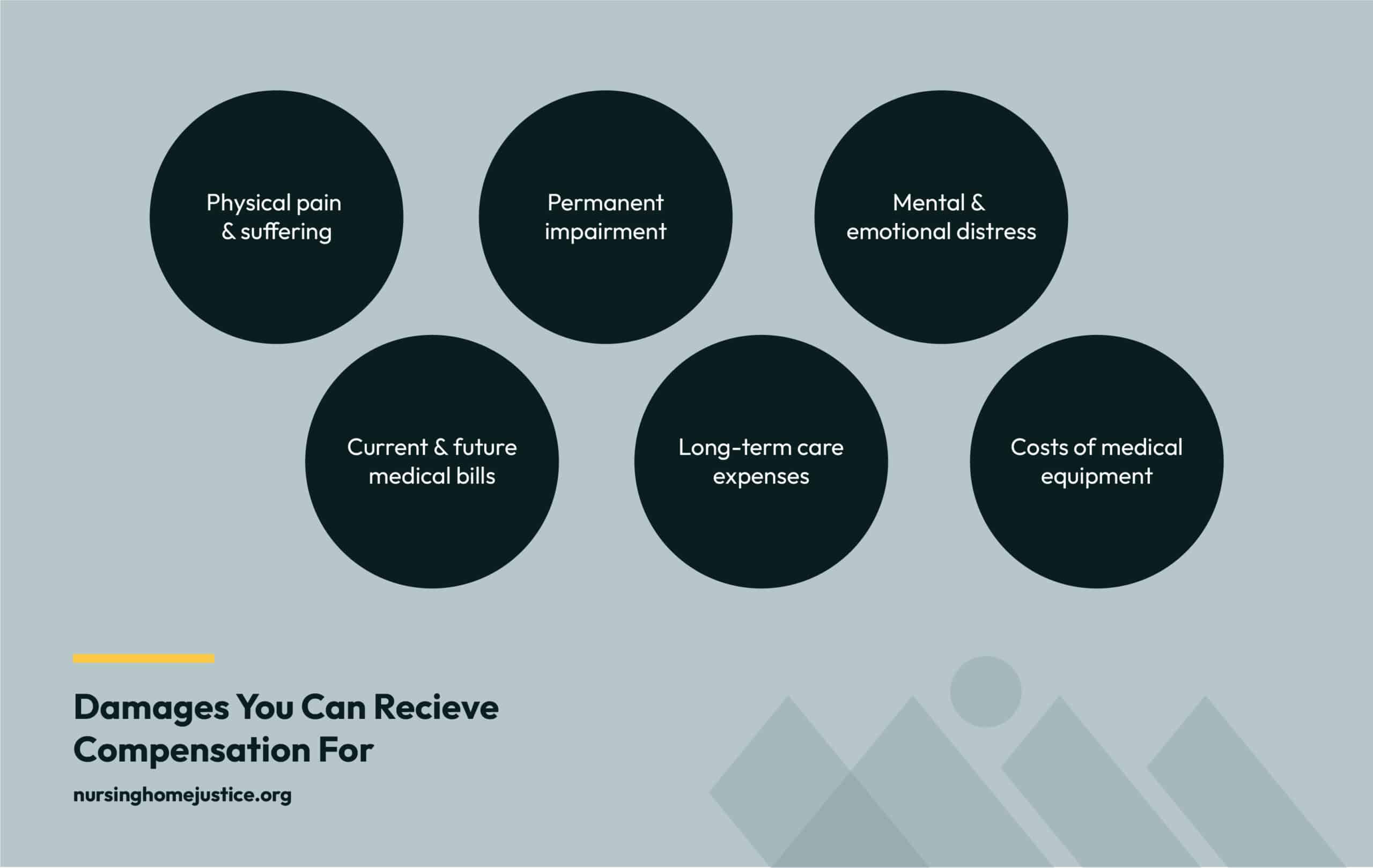
Nursing homes must take precautions to ensure residents are as safe as possible. That includes protecting those in their care from unnecessary falls. If facilities and staff breach their duty to prevent this danger, then victims should reach out to a nursing home fall lawyer.
Contact Nursing Home Justice Today
Nursing home fall cases can be complicated. You should work with a knowledgeable nursing home abuse attorney who understands Colorado law to improve your chances of recovering the maximum amount of compensation you deserve.
Nursing Home Justice has worked with countless fall victims to help them stand up against nursing homes and their insurance companies.
With over 35 years of legal experience, founding attorney Mac Hester knows how to address the needs of nursing home fall victims and their families. Every case is unique, and we will compassionately guide you to a full recovery.
Contact attorney Mac Hester with Nursing Home Justice Today – (303) 775-8128
According to the Agency for Healthcare Research and Quality, falls are among the most common injuries in nursing homes. There are approximately 1.6 million people in nursing facilities in the United States, and nearly half of those people fall every year.
In fact, one-third of the people in nursing homes fall two or more times every year.
Falls occur in nursing homes for several reasons. Some involve risk factors inherent to the patients, and others are related to the environment itself.
It’s important to note that while some risk factors such as age-related body function and chronic disease symptoms cannot be eliminated, there are still ways to reduce the risks of falling.
Risk factors and common causes of nursing home falls include, but are not limited to:
A nursing home facility must take a multifaceted approach to address these risk factors and causes to reduce the incidents of falling among residents.
We're here and ready to listen. Fill out our secure contact form today so we can get started on your case.
Contact Nursing Home Justice Today
"*" indicates required fields
Falls typically have devastating consequences, especially for elderly residents. These injuries seriously decrease the quality of life and functional ability of fall victims. Many of these people develop a fear of falling that can limit interaction with others and everyday activities.
The Agency for Healthcare Research and Quality reported that one in 10 nursing facility residents who fall are seriously injured. Typical injuries that are the result of nursing home falls include, but are not limited to:

Approximately 65,000 residents suffer hip fractures each year. This type of injury is expected because when a patient falls, they often turn and hit the ground with their side. They may also hit furniture or nearby objects with their hips on the way to the ground.
Traumatic brain injuries like concussions may be mild, moderate, or severe. They often occur when a resident’s head hits the ground or another object as they are falling. In some cases, a head bump may cause a fall.
Many nursing home patients have weakened bones due to age, medication, or chronic illness. The impact of a fall can easily put enough pressure on bones to cause a fracture. Legs, arms, and ribs are common bones that break in falls in nursing homes.
Catastrophic injuries may initially be invisible, and nursing home staff may fail to contact emergency medical services. Those injuries can quickly lead to a wrongful death without proper treatment.
A nursing home might be liable for a fall if the accident occurred because of the actions or inaction of staff or administration. You must show that the nursing facility or staff was negligent. Our nursing home fall lawyers are here to help determine who is liable for you or your loved ones injuries.
Some actions that might indicate the nursing home is liable for a fall include:
Some parties that may be liable for a fall in a nursing home include:
Nursing homes should prevent falls by implementing a comprehensive program that includes educating staff, maintaining facilities, and assessing risks.

Staff at a nursing home should be highly qualified. That means they have been educated in ways to care for people who may be residents at a nursing facility. Many nursing home employees have formal educations, but they should also go through routine training to refresh information about topics like fall prevention.
Nursing home facilities require specialty medical equipment that can be difficult to maintain and repair. However, it is important that staff regularly inspect the nursing home premises, furniture, and all equipment to ensure it is safe for residents.
Federal regulations require nursing homes to assess patients when they enter a facility. This assessment should include evaluation for fall risks. Residents should be regularly assessed thereafter, especially if mobility level changes or medications are adjusted.
Some specific protocols that nursing homes should have to reduce fall risks include:
Nursing homes that do not have fall protocols or fail to adhere to them may be negligent and liable for injuries suffered by residents who fall.
While many nursing homes use bed restraints to keep patients in their beds, many studies have found that physical restraints may be ineffective in reducing falls in nursing homes. According to a study published by the National Library of Medicine, bed restraints can actually lead to complications like functional loss, immobility, delirium, pressure sores, and falls and other injuries.
Bed restraints may be used by a nursing facility if they cannot constantly monitor an individual who frequently attempts to get out of bed. However, they should be used cautiously.
"Things are always taken care of in a timely manner, and they are very knowledgeable."
Read Our TestimonialWhen a nursing home or its staff member causes injuries to a resident, they are responsible for any damages that result. Nursing Home Justice considers all aspects of your fall to determine the value of your claim and help you get compensation for the following damages:

If your loved one suffered fatal injuries in a nursing home fall, then the surviving spouse and heirs can pursue a wrongful death claim to recover the following:
The personal representative of the decedent’s estate may also be able to recover medical expenses that were incurred by the victim before their death.
Your nursing home fall lawyer can help you understand all your options.
There are some situations where punitive damages may be appropriate in nursing home fall claims. Punitive damages do not compensate you for your losses but rather punish a party for particularly wrongful or reckless behavior.
Nursing Home Justice evaluates every case individually. Every client receives one-on-one attention and compassion from our nursing home fall attorneys. Lead attorney Mac Hester and his team will work for you in the following ways:
Other Common Causes of Abuse & Neglect